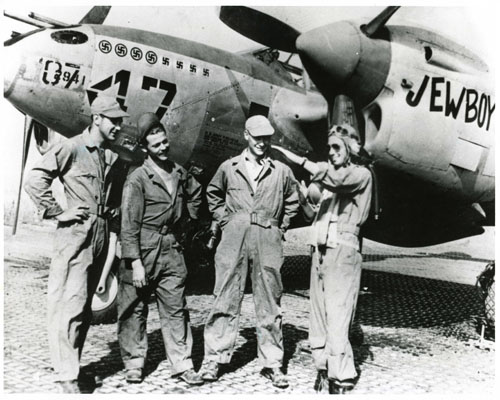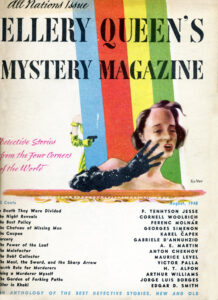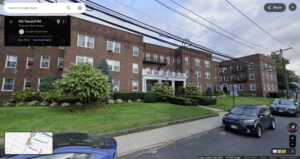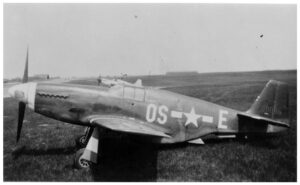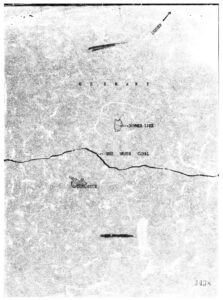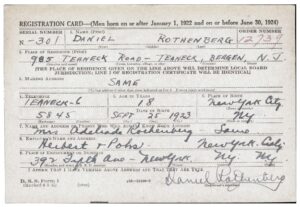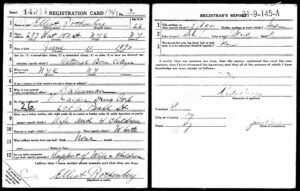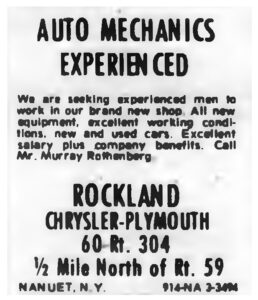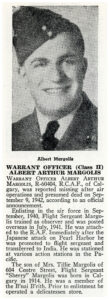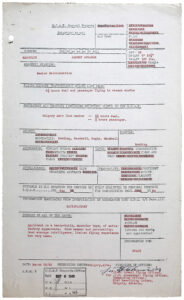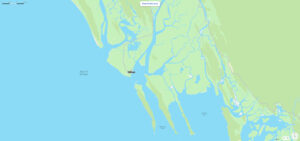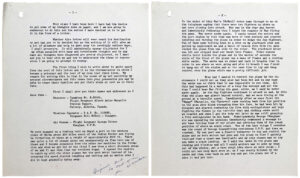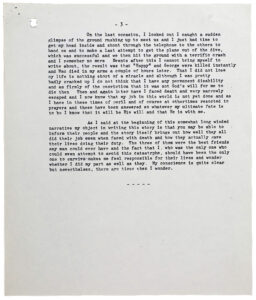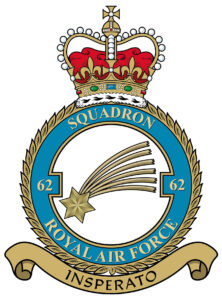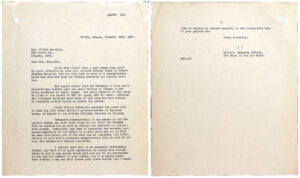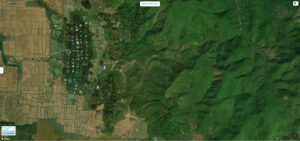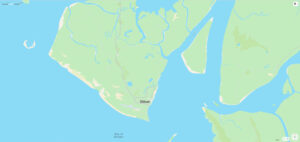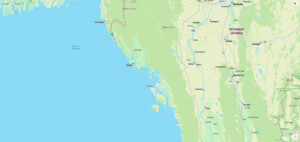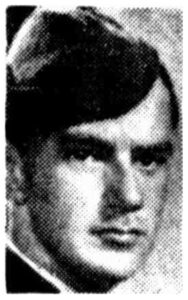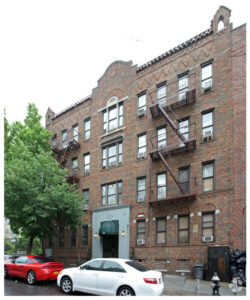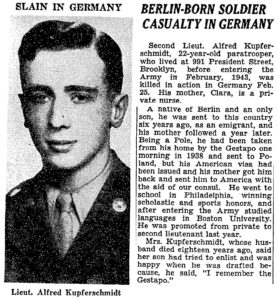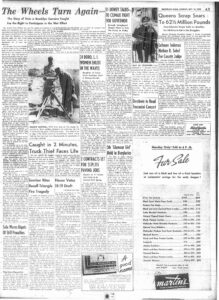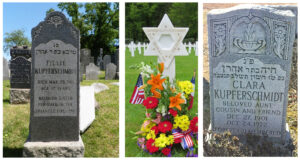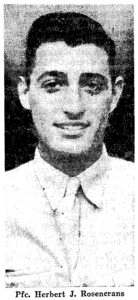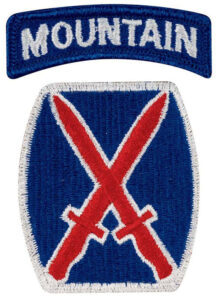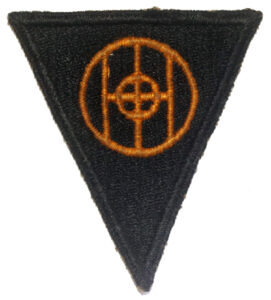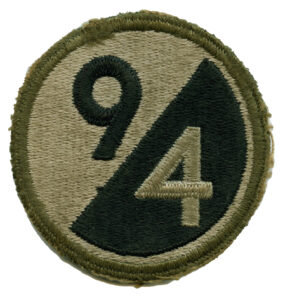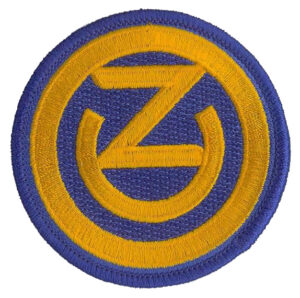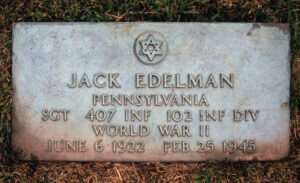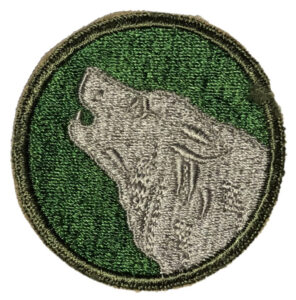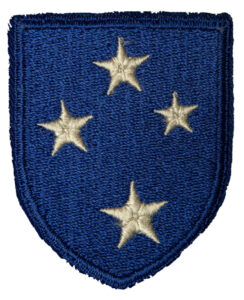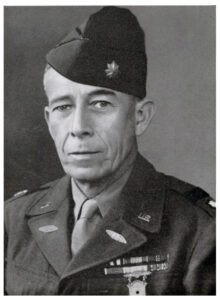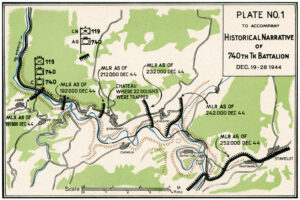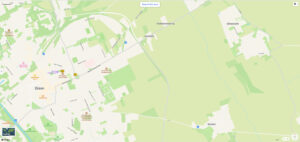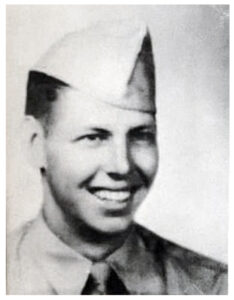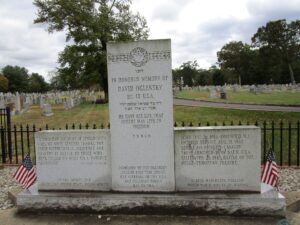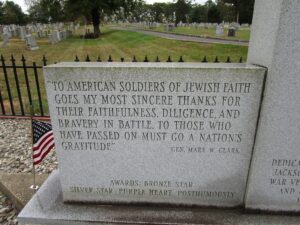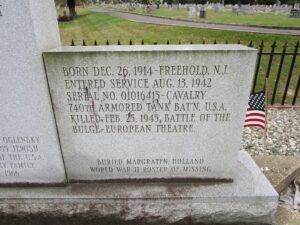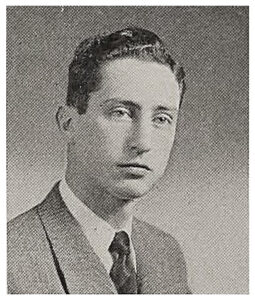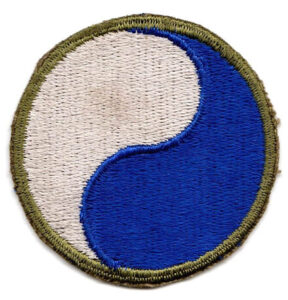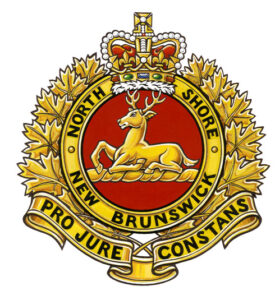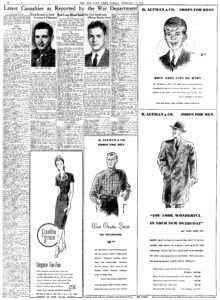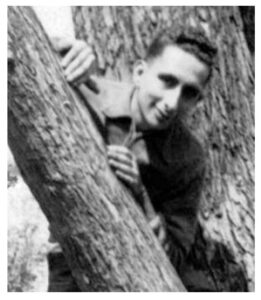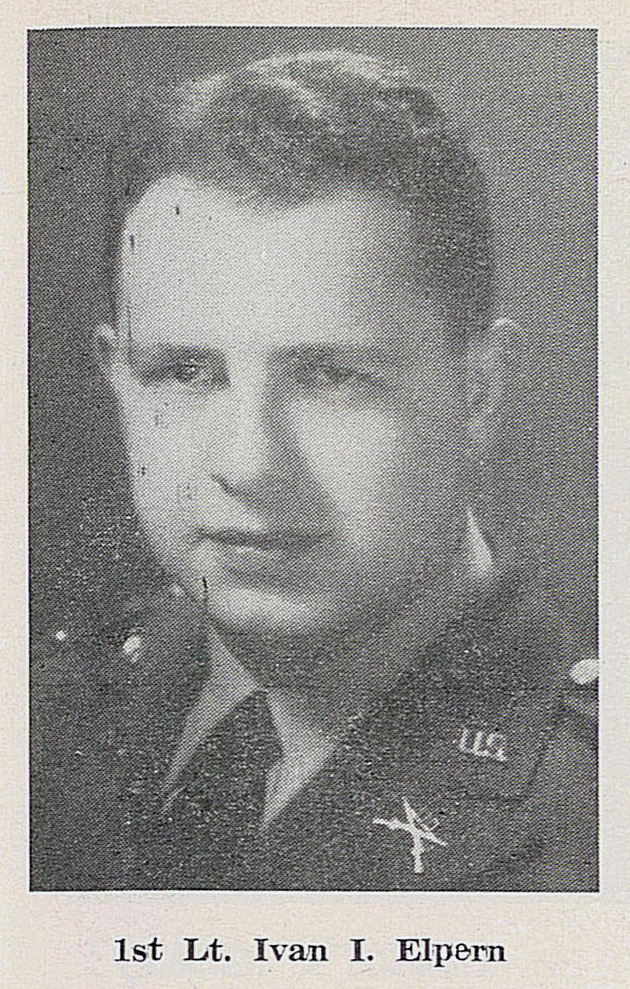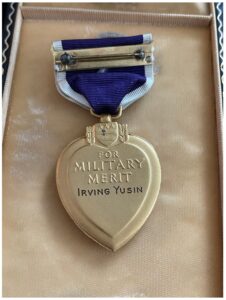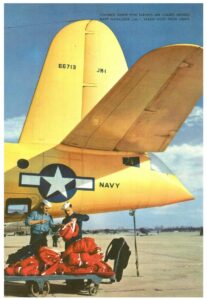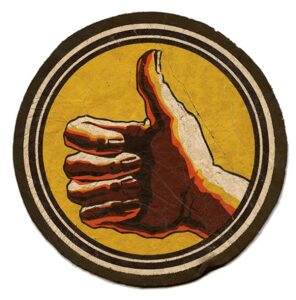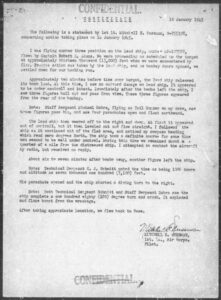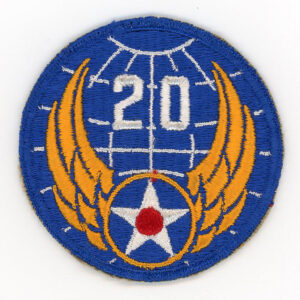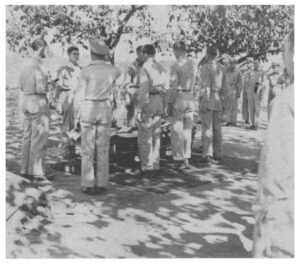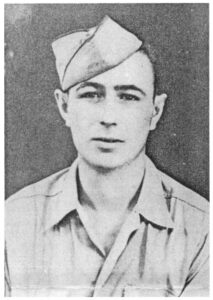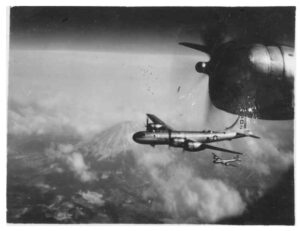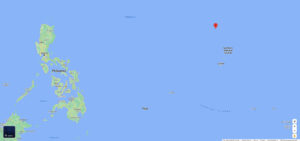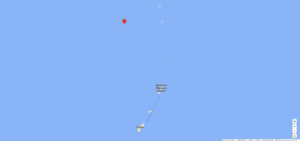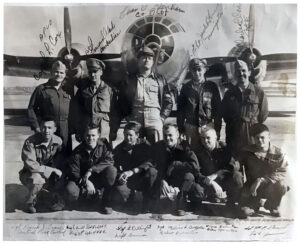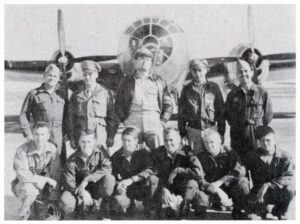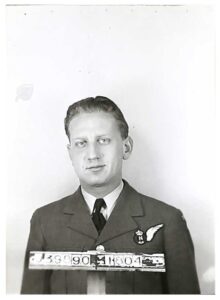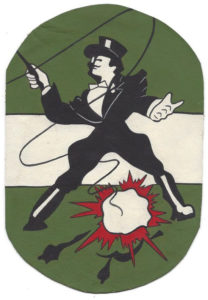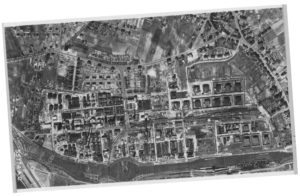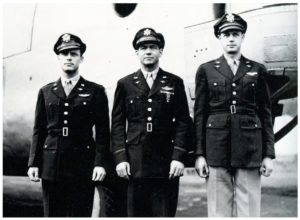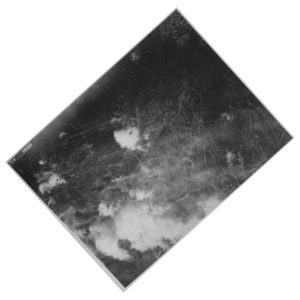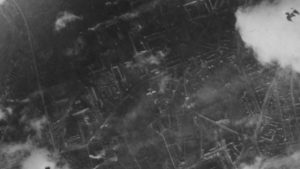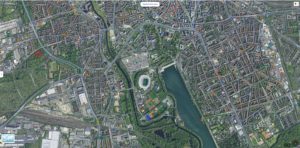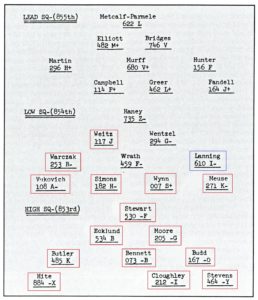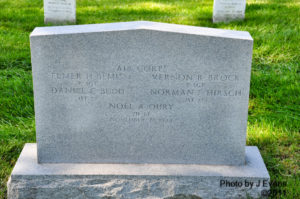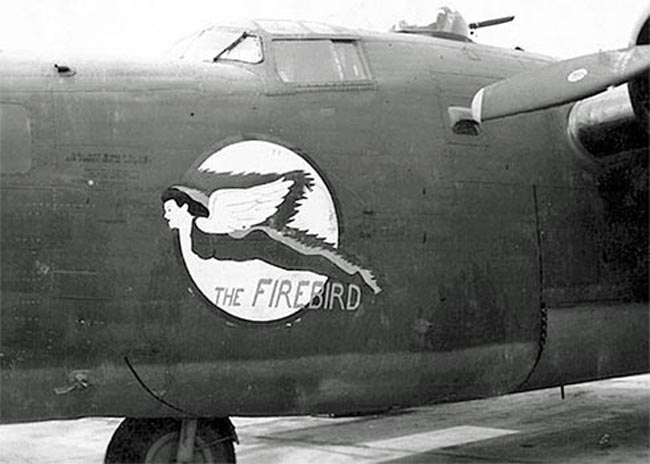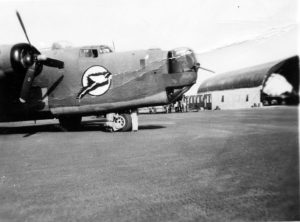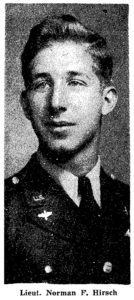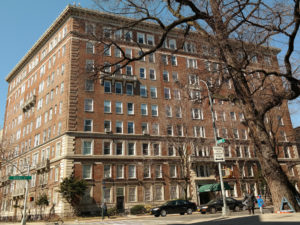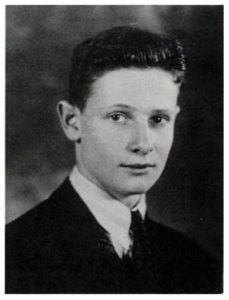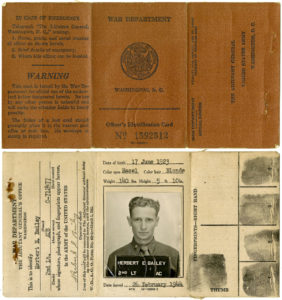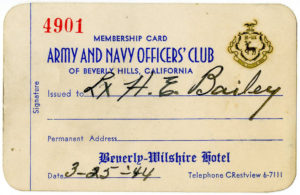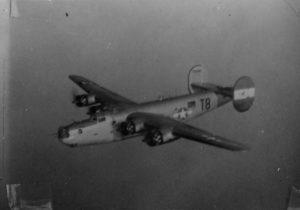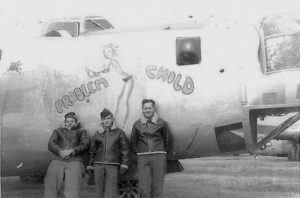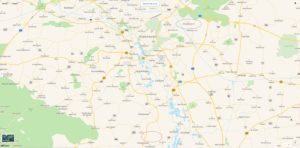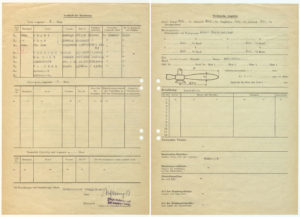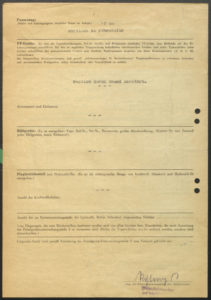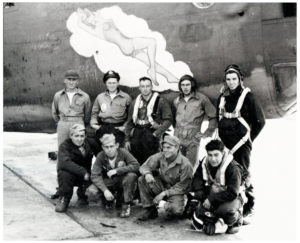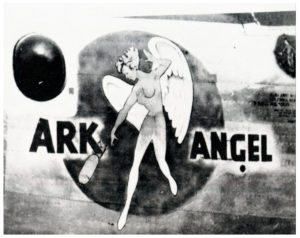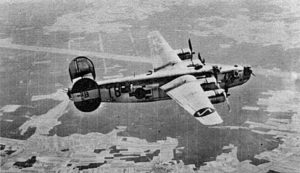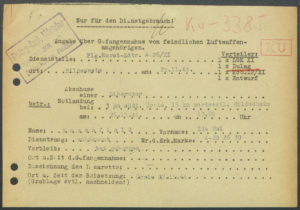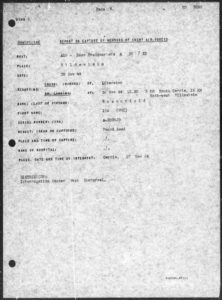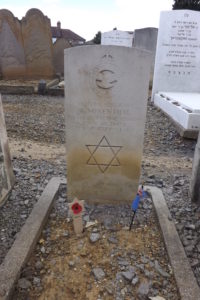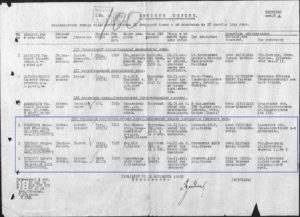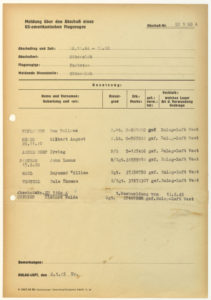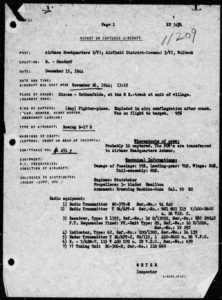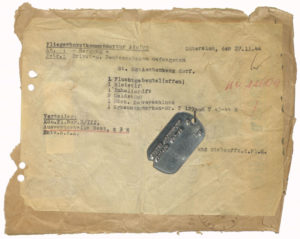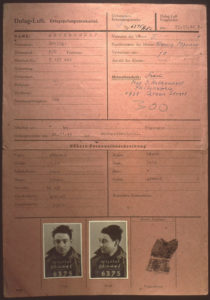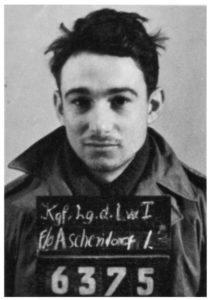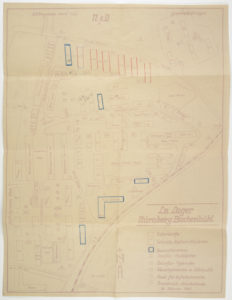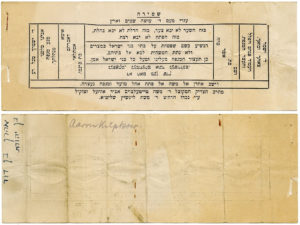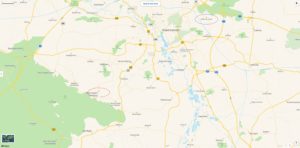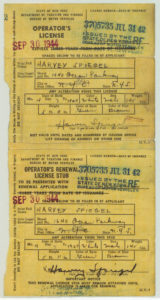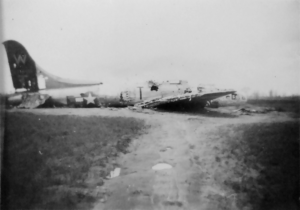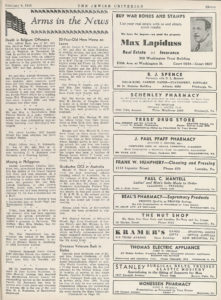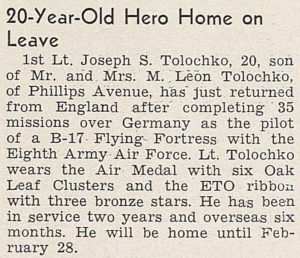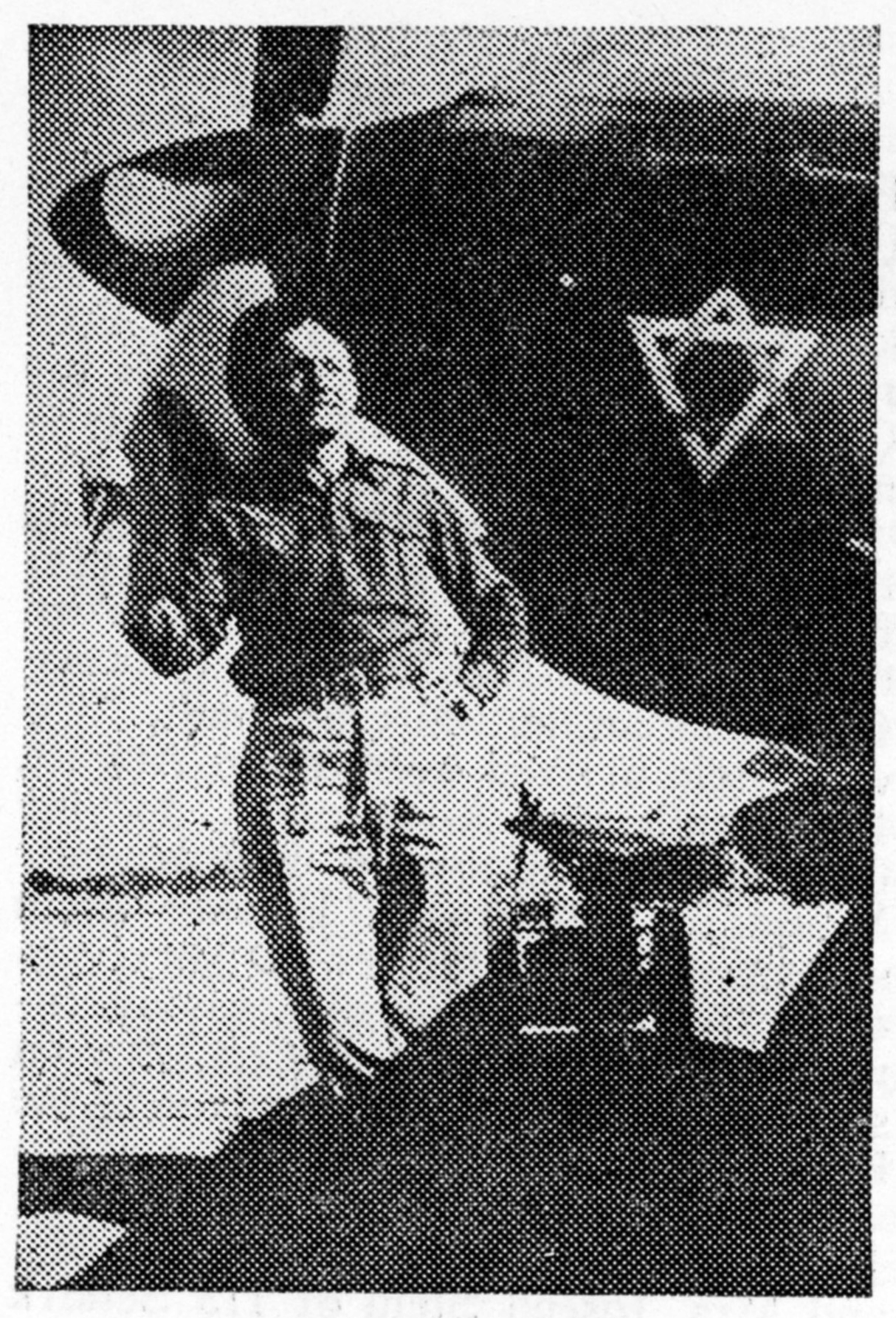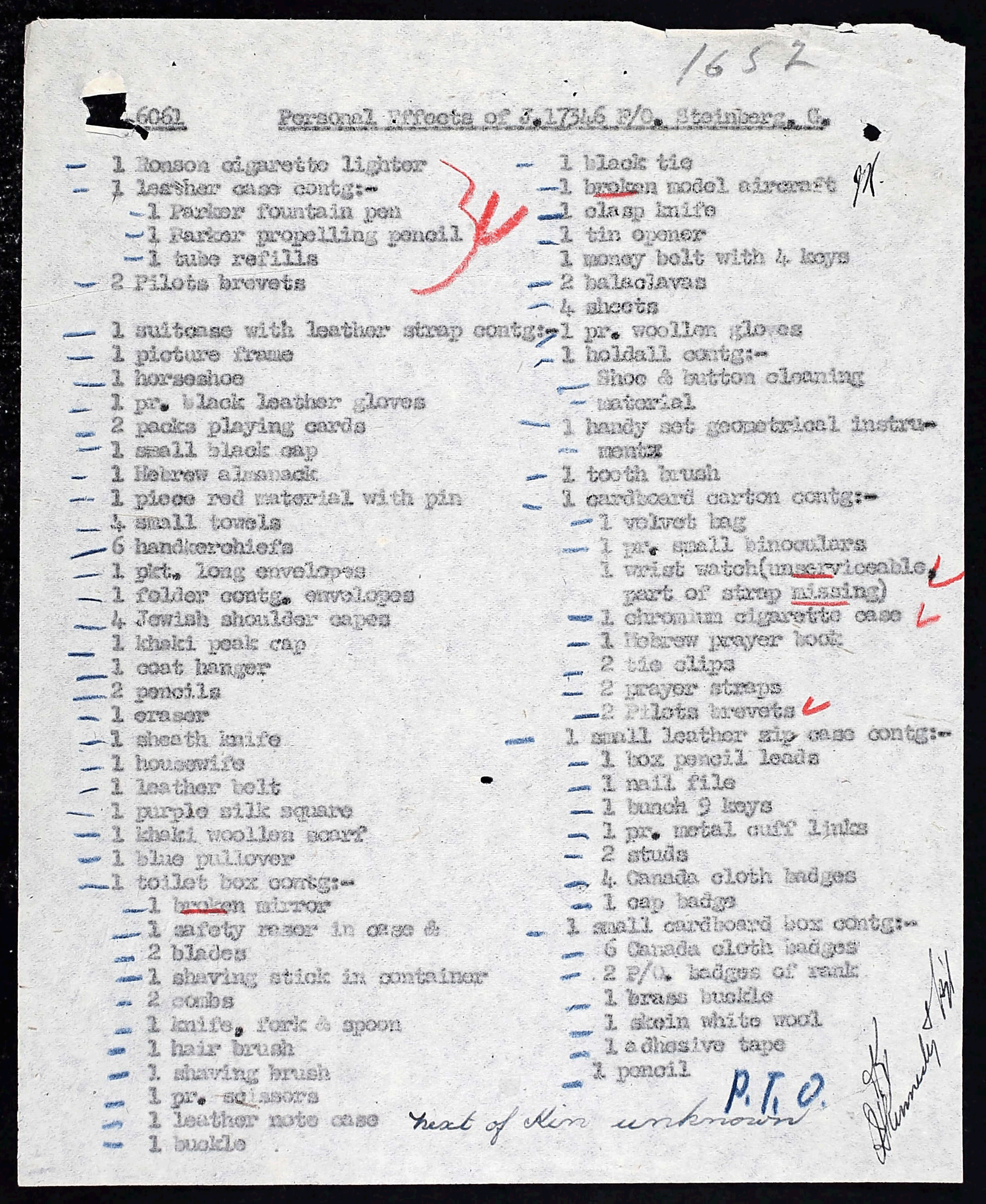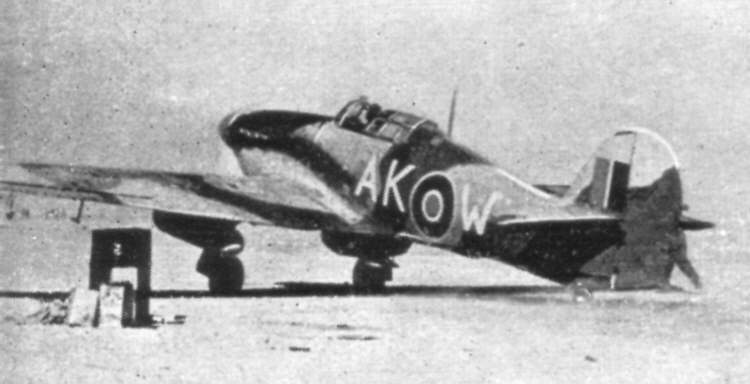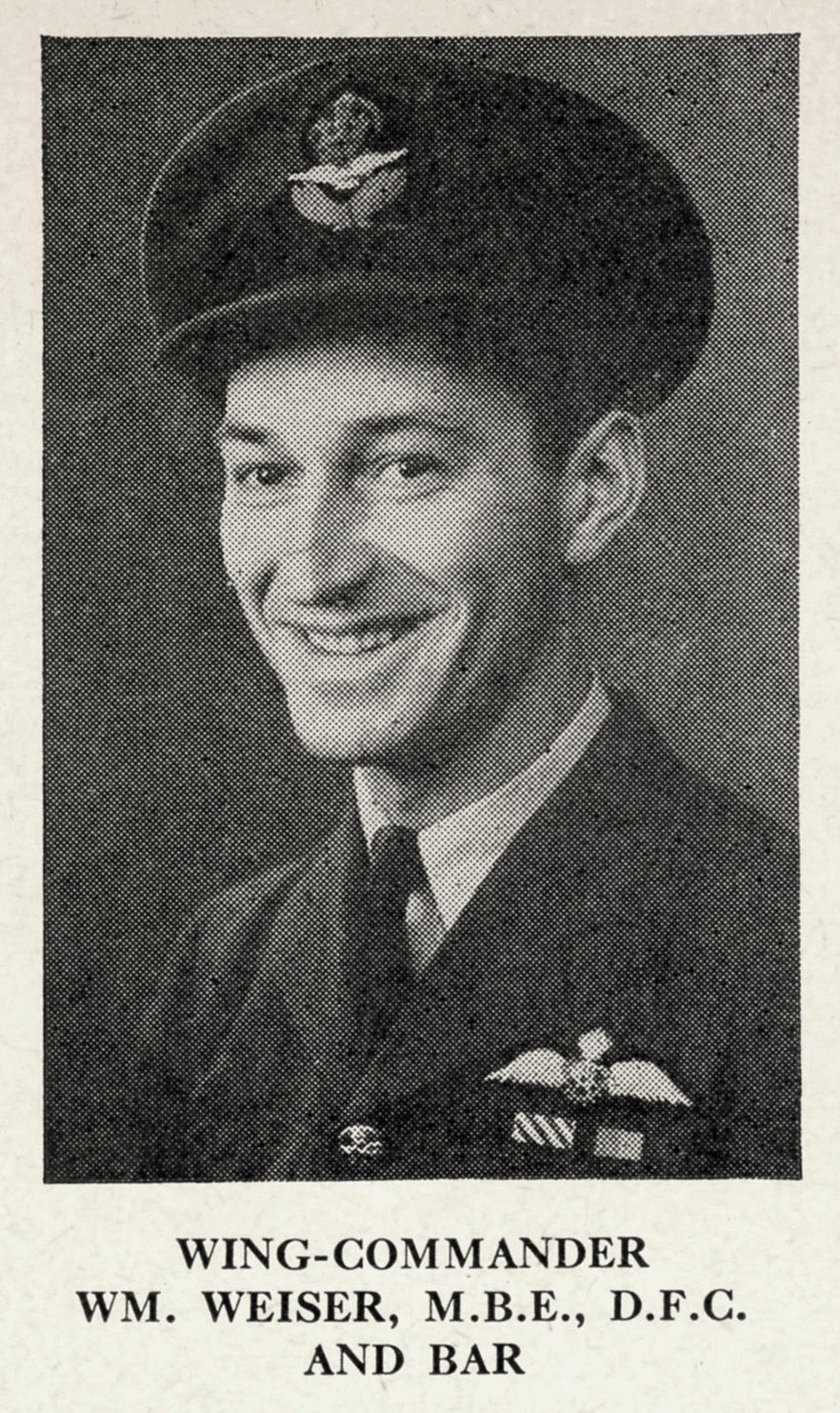In 1941, the Argentinian writer Jorge Luis Borges completed the short story “El jardín de senderos que se bifurcan”, known in English and later appearing in the August, 1948 issue of Ellery Queen’s Mystery Magazine as “The Garden of Forking Paths“. His book, “uncannily foreshadows contemporary cosmological theories of the ‘multiverse’, in particular the ‘Many Worlds’ interpretation of quantum mechanics,” which has now become very much a staple feature and plot device of popular culture and fiction, let alone a field of study in the disciplines of quantum mechanics, theoretical physics, and philosophy. At the center of Borges’ short story, which may have been inspired by the works of science fiction writer Olaf Stapledon, is yet another novel – the multiple drafts of various chapters of which actually comprise a single work, in which infinitely forking futures are described. This novel-within-a-novel is thus “an enormous riddle, or parable, whose theme is time”.
Thus for fiction. As for fact? In 1944, three years after the publication of the original version of Borges’ story, on the eighth of March, two Jewish fighter pilots – one American and the other British – were shot down over Western Europe. For them, that date represented a very real forking path, one from which the trajectories of their lives irrevocably diverged: One survived; the other did not.
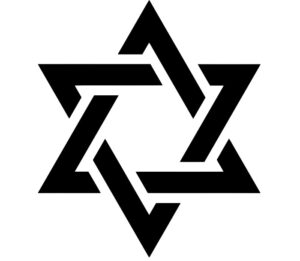
“May your fondest dreams comes true. – (signed) Danny”…
“…her pride is her fighter-pilot brother…”
Second Lieutenant Daniel S. Rothenberg (0-687399), born in Manhattan on September 25, 1923, was the son of Elliott (6/11/90-10/67) and Adelaide (1890-4/6/66) (Greenberg) Rothenberg, his family residing at 985 Teaneck Road in Teaneck, New Jersey. Their home – an apartment building – still stands in 2024, as seen in this Oogle street view….
…while this map shows Teaneck, relative to other locales in northern New Jersey, and, the New York Metropolitan area:
Daniel’s siblings were Hilda (10/16/14-2/22/00), Leon (4/10/09-2/67), Marian (11/8/10-10/20/99), Murray (6/23/13-4/3/85), and Ruth Eunice (3/16/26-11/27/22). His photograph, taken a few years before he became Lieutenant Daniel Rothenberg, can be found via Ancestry.com in Teaneck High School’s Class of 1940 yearbook. The specific copy of the yearbook in which his portrait is found includes the dedication, one of several penned for the book’s now-unknown and now-forgotten donor, “May your fondest dreams comes true. Danny”…
Here’s his portrait.
(“Then I reflected that all things happen to a man
in the precise instant of now.” – Hsi P’eng)
A member of the 357th Fighter Squadron of the 355th Fighter Group (8th Air Force), that day assigned to his squadron’s “Green Flight”, Lt. Rothenberg’s Mustang, P-51B 43-6989 otherwise known as OS * Q, was shot down while on a “Ramrod” mission over Germany. (Ramrod is a term loosely used to denote a fighter sweep over an area preceding the arrival of heavy bombers, in order to draw enemy aircraft into combat and cumulatively degrade enemy fighter effectiveness. See Mission4Today and CodeNamesInfo for more information.)
As described in Missing Air Crew Report 3056 by eyewitness and flight leader 1 Lt. Frederick W. Kelley:
As we made R/V with the bombers, Green flight jumped a bogie which turned out to be an FW-190. He dove for the ground and number three man overran him and number four man got in a burst which hit his left wing. The FW-190 turned into Lieutenant Rothenberg who was flying number two and evidently hit the pilot, as he rolled over on his back at about fifty feet and dove into the ground and exploded. I passed over the remains which were scattered over the field, and there is no doubt that he was instantly killed. Later on the 190 was destroyed by Lieutenant Norman.
~~~~~~~~~~~~~~~~~~~~
This image of P-51B Mustang 43-6886 OS * E, eventually known as Myrt / Kay, provides a good representative view of a 357th Fighter Squadron P-51 in early 1944. This particular aircraft, piloted by 2 Lt. Harwood M. Harrell, was one of six 355th Fighter Group P-51s lost on June 7, 1944. Its loss is covered in MACR 5507 and Luftgaukommando Reports J 1354 and J 1451. Lt. Harrell survived. (Photo UPL16547 from the American Air Museum in Britain.)
~~~~~~~~~~~~~~~~~~~~
USAF Credits for the Destruction of Enemy Aircraft reveals a little more information about “Norman” and Frederick W. Kelley. The former was 1 Lt. Robert Lee Norman (0-797697), the FW-190 he shot down being his sole confirmed victory. Alas, Lieutenant Norman in turn was shot down and killed on April 24, 1944, while flying P-51B 42-106433, OS * R; see MACR 4320. This article, from FindAGrave contributor TLHGraves, appeared in the Tallahassee Democrat on November 3, 1944.
First Lieutenant Kelley (0-795972), who eventually became Captain Kelley, survived the war with two aerial victories.
Here’s the supposed location map of Lt. Rothenberg’s loss, as reported in Missing Air Crew Report 3056.
Though the above map indicates that Lt. Rothenberg crashed in the vicinity of Dummer Lake, in actuality, his aircraft was shot down 2 kilometers west of Hagenburg, or, 9 kilometers west of Wunstorf, towns which are directly south and southeast (respectively) of Steinhuder Meer, as shown in the map below.
Identifying this crash location was a slightly involved process. This entailed correlating Missing Air Crew Reports for the four P-51s lost over Europe on March 8, to 1) Mustang losses which were reported in Luftgaukommando Reports reported in the “master” list (…as it were…) of these German documents … in NARA Records Group 242, and, 2) within relevant “Mustang-MACRs” for this date, any Luftgaukommando Reports referenced or included (of course, in translation). In terms of the latter, it turns out that MACRs for the following three pilots do include references to Luftgaukommando Reports, each such report having been filed under a different Luftgaukommando Report format (i.e., six-digit-number, AV Report, and, J Report).
Edner, Selden R., Lt. Col., 4th Fighter Group, Headquarters Squadron
P-51B 43-6442 – survived; MACR 2838; Report 120808-120809
Gambill, William W., 1 Lt., 357th Fighter Group, 363rd Fighter Squadron
P-51B 42-103041, B6 * F / Speedball Alice – survived, but died while POW at Stalag Luft III on March 23; MACR 2944; Report AV 969 / 44
Ullo, Neil F., 2 Lt., 363rd Fighter Group, 380th Fighter Squadron
P-51B 43-6932 – survived; MACR 2575; Report J 657
But… While MACR 3056 is absent of a reference to a Luftgaukommando report, the aforementioned “master” list of Luftgaukommando Reports contains an entry for Report J 683, which perfectly correlates to the time and location of Daniel Rothenberg’s loss. However, this report is not accessible via NARA … probably because the document no longer exists, for as discussed in my series of posts about Major Milton Joel (shot down on November 29, 1943) it seems that low-number “J” and “KU” Luftgaukommando Reports did not survive the war to eventually be incorporated into Records Group 242.
Anyway, the reason for the error in the reported location of P-51B 43-6989’s crash – in MACR 3056 – is evident from the map below: Dummer Lake and Steinhuder Meer, while separated by an east-west distance of over forty miles, lie at practically the same latitude, both are situated in or near rural or forested areas, both are elongated in a north-south direction, and finally, both are – sort of & kind of – roughly the same size.
This map shows the general geographic setting of Dummer Lake and Steinhuder Meer. They’re equidistant south from Bremen, and equidistant north from Bielefeld.
All the above information about the location of Lt. Rothenberg’s loss in Luftgaukommando Report J 683 precisely correlates back to an enemy pilot who – himself shot down and killed only seconds after shooting down Lt. Rothenberg, as recounted in MACR 3056 – turns out to have been a member of 9./JG 11, flying FW-190A-7 Werk # 340045: Feldwebel Herman Hoess. (See Aircrew Remembered.)
Over five years after his death, on May 16, 1949, Lt. Rothenberg was buried at Long Island National Cemetery in Farmingdale, N.Y. (Specifically, at Section J, Grave 16094, as seen in this photo by FindAGrave contributor GLENN.) While his name appeared in Casualty Lists published in 1944 on April 23 (Missing in Action) and June 3 (Killed in Action), like so very (very) many other American Jewish military casualties (or decorated servicemen) of the Second World War, his name never appeared in the 1947 compilation American Jews in World War II.
The reason is suggested by his matzeva: It’s absent of absence of a religious symbol.
Though, according to the Roster of US WW II Dead (available via Ancestry) Daniel indicated his religious preference as Christian, his Interment Record features the word “none“ in the “Religious Emblem” section, which I suppose reflected this wishes of his parents, obviously his closest surviving next of kin.
The uncertainty about Daniel’s religious identification and affiliation is evident even earlier, as seen in the biographical information card filed for for him by the National Jewish Welfare Board (NJWB). This card was only one of many (many (many)) such cards generated as part of the NJWB’s wartime attempt to identify, record, and preserve historical information Jewish servicemen and military casualties.
~~~~~~~~~~
It’s my understanding and interpretation that families known or presumed to be Jewish were contacted (via phone? via mail? via personal visit?) by volunteer representatives of the NJWB to the above end, the names of such workers and the dates of contact attempts having been recorded in the “Worker Consulted” data field of the card. Going by the data on the card, the NJWB reached out to the Rothenberg family on three dates: June 2, July 26, and October 12 of 1944, based on the initial release of a War Department Casualty List on June 2.
The “blank” rectangle at the left of the card suggests that the Rothenberg family never responded to the NJWB, or, provided no definitive information about their son. The reason for this silence is not indicated. (You can read much more about the NJWB’s WW II biographical index cards at Ancestry.com.)
There’s most definitively information about volunteer worker listed on the card. He was Rabbi Samuel Geffen, concerning whom information is available at the Center for Jewish History (CJH) and New York Times. Born in 1907, he passed away in 2002. Here’s his bio from the CJH:
Rabbi Samuel Geffen, born Febuary 17, 1907 in New York, NY, was the rabbi for the Jewish Center of Forest Hills West for many years. Prior to his ordination in 1942, Geffen was a concert violinist and lawyer. He served most his career at the Jewish Center of Forest Hills, from 1948 until his retirement in 1993. Rabbi Geffen was married to Ruth Lenore Rosenfeld, with whom he had one son, Peter Geffen. During his time at Forest Hills West, Rabbi Geffen taught for many years at the Hebrew school in addition to his role as a congregational and spiritual leader. Rabbi Geffen died March 15, 2002 in New York, NY.
And from The New York Times, on March 19, 2002:
GEFFEN-Rabbi Samuel. The entire Abraham Joshua Heschel School community mourns the passing of our beloved founder Peter Geffen’s revered father, Rabbi Samuel Geffen. Rabbi Geffen was an exceptionally talented man, who was a concert violinist and lawyer before becoming a Rabbi. He was the devoted spiritual leader for over 40 years of the Jewish Center of Forest Hills West. We send our heartfelt sympathy to his wife Ruth (Rosenfield), son Peter, daughter-in-law Susie Kessler and grandchildren Jonah, David and Nessa who will greatly miss this kind, gentle, caring soul. Shira Nadich Levin President, Board of Trustees Roanna Shorofsky, Director Abraham Joshua Heschel School
GEFFEN-Rabbi Samuel. We mourn with profound sorrow the passing of our beloved colleague. Ordained in 1942, he served most of his career, from 1948 until his retirement, as rabbi of the Jewish Center of Forest Hills. We extend our deepest condolences to his wife, Ruth; son, Peter; brother, Dr. Abraham; sisters, Bessie Wilensky and Helen Ziff; and nephews, our collegues, Rabbi David Geffen and Ben Ravid and to all who were touched through his rabbinate. Rabbi Reuven Hammer, Pres. Rabbi Joel H. Meyers, Exec. VP The Rabbinical Assembly
~~~~~~~~~~
Why was Daniel’s matzeva “silent”? To answer this question, we have to delve into the history and genealogy of the Rothenberg family. The probable answer provides a window – in equal measures enlightening and disillusioning – upon the self-perception and “place” of the Jews of the United States in the mid-twentieth-century history, as reflected through the experiences of one family, among very many.
First, Daniel’s Draft Card identifies his mother as Adelaide.
Second, census records for 1910 reveal that Elliot and Adelaide were born in Russia and spoke English. Such records for 1920 are different: They indicate that Elliot was born in Russia and Adelaide in Rumania, both husband and wife speaking Yiddish. For 1940, census records once again differ: Adelaide is again recorded as having been born in Rumania, but, Elliot is now born in New York state.
Third, Elliott’s World War I Draft Card (dated 1917) lists his occupation as “Salesman” . This is sort-of consistent with census records. 1910 lists him as a druggist; 1920 as a wholesale drug salesman; 1940 as a retail store salesman.
Moving to the Cohoes American of October, 25, 1935, this notice concerns Elliot’s trade-marking of a product called “KISS-LAX”, whatever that was. (All kind of inferences come to mind, but there are no references to the product in Internet-land.) Perhaps a 1930s version of Chap-Stick?
There’s a solid degree of information about Daniel’s older bother, Murray. Here’s his name in a record of marriage to Bernice L. Glover, dated March 16, 1936, in the records of the Chelsea Presbyterian Church…
…and, here’s his draft card:
More about Murray, a most multifaceted man: He was a boxer and wrestler, and during the Second World War, taught self-defense to soldiers, as described in this article from The Bergen Evening Record on September 3, 1943 (via Classic Wrestling Articles).
Ex-Diamond Gloves Champ Will Meet Chief Bamba Tabu In Bout; He’s Now Head Of War Plant Guards
The amazing Murray Rothenberg, ex-Teaneck gridder, former Bergen Evening Record Diamond Gloves champ, judo teacher to soldiers, car salesman, chief of a defense plant police staff, and just about everything else you can think of, branches out into new fields to conquer tonight.
The amazing Murray makes his debut here as a professional wrestler on the card at Columbia Park, North Bergen.
Bergen County has never known another sports figure quite like the husky, scowling Murray Rothenberg. No matter what branch of sports – or in any other of the numerous things – which Murray tried, he always managed to make good.
WRESTLED BEFORE
Usually, in the process, he worked up a widespread dislike for himself among the fans, the sort of thing which helped pack followers of the Diamond Gloves into arenas in the hope that they’d see him get his block knocked off. He never did – he invariably won.
Actually, tonight’s go at Columbia Park won’t be Murray’s first taste of professional wrestling. About 8 or 9 years ago, he went on a tour of the South and had a half dozen or so bouts. Just like in everything else, he won.
Tonight’s mat engagement, however, is his first near home. He’s slated to oppose Chief Bamba Tabu on the card which Promoter Ralph Mondt presents at Columbia Park. The headline attraction is between Jack Wentworth, the Canadian Hercules, and Chief Thunderbird.
Murray, who played football with Teaneck High School early in his athletic career, later was a star in semi-professional football. He boxed a lot as an amateur and even had a few professional engagements.
Still as a high school student, he entered the Record’s Diamond Gloves. He was one of the original Bergen County amateur fistic champs, winning the 160-pound title in the first tournament staged by the Record. He broke his hand in the finals, back in September, 1933, but still came up with a win for the middleweight crown.
Of late, Rothenberg has been working in a defense plant. He is chief of the police guards. Just to keep in trim and to keep his hand in, he drills soldiers in a nearby barracks in the art of judo.
As mentioned in the above article, Murray was most definitely in the automotive business, as attested to by three newspaper items. First is a blurb from the Brooklyn Eagle of November 16, 1950, concerning an 11:00 (AM or PM?) radio program on WARD: “Why Worry – See Murray”…
… second, an advertisement for Murray’s Motors published in the Auburn Citizen-Advertiser on December 13, 1962.
…and third, a help-wanted advertisement for auto mechanics in The Journal News of May 14, 1973.
As for Ruth, here’s her portrait in the 1944 Teaneck High School yearbook. (Via Ancestry.com) Daniel was on her mind: “…her pride is her fighter-pilot brother…”
~~~~~~~~~~
Now we come to the Second World War, and after. Other than the appearance of Daniel’s name in the above-mentioned Casualty Lists, this article, from The Bergen Evening Record of March 26, 1944 (via the Johnson Public Library of Hackensack) is evidently the only news item that exists about his wartime service.
Missing
ROTHENBERG, Second Lieutenant Daniel, 20, son of Mr. and Mrs. Elliot Rothenberg, 985 Teaneck Road, Teaneck. (European area.).
Second Lieutenant Daniel Rothenberg, 20, pilot of a P-47 Thunderbolt, has been reported missing in action, according to a War Department telegram received by his parents, Mr. and Mrs. Elliott Rothenberg, 985 Teaneck Road, Teaneck.
The parents, who declared they refuse to believe any harm has come to their son, said the telegram listed a mission over Germany on February 24 as his last known flight. Rothenberg volunteered for the Air Force in September, 1942, after one year as an honor student at John Marshal School of Law in Jersey City. He has been overseas, based in England, with the Eighth Air Force, for the past 5 months.
“Daniel is resourceful and always was intelligent. We are sure he is safe,” his father said. The father now is employed by Saunders Jewelers on Main Street, Hackensack. Some years ago he operated Elliott’s Drug Store in Hackensack.
The missing pilot’s brother is Murray, once a middleweight champion fighter in the Bergen Evening Record diamond gloves contest. His younger brother, Daniel; only 5 feet tall never was athletically inclined, according to his parents.
Forty one years later, following Murray’s April 1985 passing, this letter – a tribute by his sister Ruth (Rothenberg) Eby – appeared the same month in the New Jersey newspaper The Record. The letter was found in the Cetola Family Tree at Ancestry.com. The text follows:
A tribute to Murray Rothenberg
Sports Editor, The Record,
There must be many Murray Rothenberg fans left in North Jersey. He was a legendary sports hero for three decades in the Thirties, was a football player for Teaneck High School, and he went on to a semipro team, the Red Devils. He was also a Diamond Glove boxing champ. In the Fifties, became famous to television fans as a pro wrestler. Dennis James, the TV sportscaster, used to love to use “Why worry, see Murray!” – the slogan for Rothenberg’s used-car lot in Little Ferry.
There are many sides to Murray that perhaps his sports fans might not know. He had to champion his birthright; anti-Semitism was rampant in his day as an athlete in Teaneck. He had to scrap his way up, often fighting neighborhood bullies.
Murray became a favorite of a Record sports columnist, the late Al Del Greco, who wrote often of Murray’s style and exploits. But during World War II, there was a block of time that remained secret until years later. Murray’s judo expertise was used to train special forces, and he was sent on several secret overseas missions to bring “someone” back. So ingrained was his commitment to secrecy that he never gave out details.
After the war there were some dark years for Murray, but he finally overcame a drinking problem by his complete involvement with Alcoholics Anonymous, and he devoted himself to helping others get what he called “Good, orderly direction”.
Murray passed away this month in Florida, but he left a legacy – a legacy of being a true champion. His sports fans might only remember the games, but there are many others who will cherish the memory of a man who left his mark on their lives.
RUTH EBY
(Murray’s kid sister)
Haworth
As for Elliot and Adelaide, they passed on some years earlier: Adelaide on April 6, 1966, and Elliot on October 13, 1967. Here are their obituaries, from The Bergen Record on (respectively) April 7, 1966, and October 13, 1967:
ROTHENBERG – Adelaide (nee Greenberg) at Hackensack, N.J., on Wednesday April 6, 1966 of 995 Teaneck Road, Teaneck. Beloved wife of Elliott. Devoted mother of Leon, Murray, Mrs. Marion Dintenfast, Mrs. Hilda Weltman and Mrs. Ruth Eby, also surviving 13 grandchildren and 8 great grandchildren. Sister of Samuel Greenberg. Christian Science Memorial Service at the Eckert Funeral Home, corner of Main and Poplar Streets, Ridgefield Park, on Thursday, April 7 and _ P.M. Commitment at the convenience of the family. In lieu of flowers kindly make contributions to your favorite charity.
Elliot Rothenberg
Englewood – Elliot Rothenberg, 77, of 240 East Palisade Avenue, a retired jeweler, died this morning at the Tenafly Nursing Home.
He had lived in Teaneck for 45 years.
He is survived by a son Murray of Miami, Fla.; three daughters, Mrs. Marian Dintenfast of Philadelphia, Pa.; Mrs. Hilda Weltman of Englewood, and Mrs. Harold Eby of Haworth; 13 grandchildren and eight great-grandchildren.

Taking the history of the Rothenberg family as a whole, particularly in light of Ruth’s letter, and, the obituaries of Elliot and Adelaide, there is – to use a 2025-ish word – very much to “unpack” “between the lines” of these writings.
First, neither parents’ obituary makes any allusion to their youngest son, Daniel.
Second, Ruth’s tribute to Murray, though it mentions her brother’s wartime activity with great pride, is entirely absent of any reference to Daniel’s military service and death in combat, though she obviously felt identification with and admiration for him during her late adolescence.
Third, Ruth refers to Murray’s having participated in, “several secret overseas missions to bring “someone” back. So ingrained was his commitment to secrecy that he never gave out details.” In my opinion, this was a “bubbe meise” – a tall-tale; a grandiose biographical embellishment – invented by and heard from her brother in the context of his postwar struggles with alcoholism; a story she accepted and believed in good faith and good will. I seriously doubt he ever left the United States during the war years.
Fourth, it’s most interesting – and intellectually refreshing – that Ruth had the candor to mention antisemitism having been “rampant” in Teaneck during the twenties and thirties. One can’t understand the present unless one perceives the past as it really was, rather than through a mindset fogged by the comforting mists of hagiography, a central example of which is the highly over-rated cinematic oeuvre of Steven Spielberg. (But, that’s another topic…)
Fifth, the “elephant in the foyer” can be found in Adelaide’s obituary: She had a Christian Science Memorial Service upon her passing, her obituary suggesting that she was not interred in a Jewish cemetery. (As for Elliot? His place of burial is unknown.) Which fact leads much further: Adelaide’s involvement with Christian Science was long-lasting and very deep, beginning at least when she was in her early forties and lasting the rest of her life. She authored 29 articles pertaining to Christian Science in the three decades between August of 1933 and January of 1963 (oddly, none between December of 1941 and December of 1945), these having been published in The Christian Science Journal, Christian Science Sentinel, Der Herold der Christlichen Wissenschaft, Le Héraut de la Science Chrétienne, and, O Arauto da Ciência Cristã. Absolutely none of these articles (going by the titles, at least) make any reference or allusion – of even the vaguest and most tangential sort – to recent or ongoing events, let alone the situation and fate of the Jews of Europe during the 30s and 40s.
In light of this glimpse of the Rothenberg family’s history, Daniel’s religious preference as a Christian, the complete absence of any religious symbol on his matzeva, whether Jewish or Christian, was more inevitable than it was surprising. How could he have declared himself otherwise, given the constellation of factors surrounding his youth and upbringing? Which, in turn, leads to curiosity about how the course of his mother’s life led her to become an adherent of Christian Science, and, the implications of her decision for her family. A definitive answer to this will never be known – all the “dramatis personae” having since passed on – but one can speculate.
First, it’s notable that Daniel’s mother, having been born in Rumania in 1890; a woman whose native tongue was Yiddish, went by the very name of Adelaide, which is actually a, “…feminine given name from the English form of a Germanic given name, from the Old High German Adalheidis, meaning “noble natured”, rather than a female name of Yiddish or Hebrew derivation. (…such as, and, such as…) Though it’s impossible to trace her ancestry farther back than the 1910 Census, this suggests that “Adelaide” was actually a name she adopted coincident with or some time after her arrival and naturalization in the United States, her original name (perhaps it was Aidel, Adele, or Ada) being lost and now forever untraceable, as is the history of her family in Eastern Europe.
Second, the reason for her adoption of Christian Science could be attributable to any of the small myriad of factors that have not infrequently led more than a few Jews – ever since the advent of Jewish political emancipation a few short centuries ago and continuing undiminished now; even during the days of the Roman Empire; even during the pinnacle of Hellenism; to “fundamentally transform” their identity and persona in a direction assumed to be more acceptable – socially, intellectually, vocationally, and otherwise – to that of the prevailing culture. (Well, in their own eyes.) Given Ruth’s comment about the antisemitism experienced by her brother in Teaneck (which reflected an era and setting far wider than Teaneck, the state of New Jersey, or the Middle Atlantic States), perhaps Adelaide – regardless of her residence in that city or any other urban center, simply wanted to jettison an identity to conform to and become part of the larger society. Or, on a much simpler level, perhaps the social and political currents that relentlessly buffeted the lives of all men and women amidst the turbulence of the late 1800s through the early 1900s (but, is life not always turbulent?), the Jewish people particularly among them, left her unmoored from or even unacquainted with a solid sense of Jewish identity and “Yiddishkeit” – other than a vapid, vestigial and atrophying sense of ethnicity – the void in her soul being replenished by the mores and religion of the surrounding culture.
~~~~~~~~~~
In this story, I’m reminded of Stephen J. Dubner’s 1998 book, Turbulent Souls: A Catholic Son’s Return To His Jewish Family, here described at GoodReads:
Two years ago, Stephen J. Dubner wrote a cover story for The New York Times Magazine called Choosing My Religion. It became one of the most widely discussed articles in the magazine’s history. Turbulent Souls, the book that grew out of that article, is an intimate memoir of a man in search of a Jewish heritage he never knew he had. It is also a loving portrait of his parents.
Stephen Dubner’s family was as Catholic as they come. His devout parents attended mass at every opportunity and named their eight children after saints. Stephen, the youngest child, became an altar boy, studied the catechism, and learned the traditional rituals of the Church — never suspecting that the religion he embraced was not his by blood.
Turbulent Souls is Dubner’s personal account of his family; tumultuous journey from Judaism to Catholicism — and in his own case, back to Judaism — and the effects, some tragic, some comic, of those spiritual transformations. His parents were Jews, born in Brooklyn to immigrant parents, but — independent of each other and, indeed, before they met — each converted to Christianity, only to be shunned by their families. After their marriage, they closed the door on Judaism so firmly that their children had no inkling that their background was far different from what it seemed: They didn’t know, for instance, that their mother had a first cousin named Ethel Rosenberg, who was executed for treason in one of the most controversial cases of the cold war era.
Stephen Dubner’s is a story about discovery: of relatives he never knew existed, of family history he’d never learned, and of a faith he’d never thought of as his own and, in fact, knew nothing about. It’s a fascinating, thoughtful, and thought-provoking exploration of a subject of intense interest to spiritually minded men and women everywhere.
~~~~~~~~~~
One also thinks of Lieutenant General Victor H. Krulak, whose early life is chronicled in Chapter 1 – “Once Upon a Time” – in Robert Coram’s biography Brute: The Life of Victor Krulak, U.S. Marine. In the same way that the Rothenberg family was contacted by the National Jewish Welfare Board (NJWB) as part of the organization’s effort to identity Jewish servicemen and record their accomplishments, so was then Lt. Col. Krulak (or his wife, Amy Chandler Krulak), after his actions at Choiseul Island, in the Solomon Islands, from late October through early November of 1943.
Was he a Jew? The answer, as documented in Brute and other sources, like his NJWB information card … below … was: No.
Perhaps – and perhaps as in the case of Daniel Rothenberg? – this facet of the future General’s life was prefigured for him by a small constellation of major decisions made by his family years before his birth; let alone before he entered the United States Naval Academy. For, as recounted in Brute, his father Morris, “…was a secular Jew, and his desire for assimilation was so strong that Victor never received any religious instruction, never attended synagogue, and, as far as can be determined, never had a bar mitzvah. In this way, Morris paved the way for his son later to minimize his Jewish background.” This chain of the unintended … or quietly intended? ,,, consequences of the actions of one generation upon another, is discussed at great depth in Todd M. Endelman’s Radical Assimilation in English Jewish History, 1656-1945, the conclusions of which are highly pertinent to the history of the Jews of the United States. In a different vein, the late Barry Rubin’s Assimilation and Its Discontents, which observes intergenerational acculturation, assimilation, and the loss of memory across a much wider time frame, is particularly focused on the Jews of the United States in the nineteenth and twentieth centuries.
Continuing in 2007, after being shown his family genealogy, Krulak’s choice of words was revealing in that when he talked about his parents, he could not force himself to utter the words “Jew,” “Jewish”, or “Yiddish.” “My father never talked of his spirituality. It was always about hard work. My father was a very serious man. He was very quiet about his background, about everything, almost silent. I learned from him that life is serious, that sometimes you have only one choice. My father always talked of my future.”
He paused and added, “I would hope that this book not dwell on my father’s spirituality, but rather his lessons of hard work.”
If he and his father never discussed their religion, what of importance did they discuss?
“He told me, ‘You will be short, and you will be bald. But you don’t have to be fat.’ ”
There was but one addition: “He told me the way to get along with a new acquaintance is to express genuine interest in the day-to-day affairs of the other person.”
And that is all Victor Krulak would say about his parents.
~~~~~~~~~~

“As I saw some Germans in the neighborhood, I decided to lie in a ditch until dusk. I actually stayed till 2200 hrs.”
The path of Squadron Leader David Goldberg (J/4242) on March 8, 1944 led to an outcome infinitely different from that of Lieutenant Daniel Rothenberg. The son of Harry and Sophia L. Goldberg, who resided at 28 Kent Street in Hamilton, Ontario, David was born in that city on March 20, 1917.
A member of the Spitfire-equipped No. 403 Squadron (Royal Canadian Air Force), David was shot down during an afternoon Ranger mission. (Ranger: A “freelance flights over enemy territory by units of any size, to occupy and tire enemy fighters.”, from Wikipedia, based on John D.R. Rawlings’ Fighter Squadrons of the RAF and their Aircraft, published by Macdonald and Jane’s Publishers Ltd.). Struck by flak at St.-Andre-de-l’Eure, he crash landed his aircraft (Spitfire Mk IX MJ356) and evaded capture, returning to England on May 6.
(“I leave to the various futures (and not to all) my garden of forking paths.”
– Ts’ui Pen, Governor of Yunan)
As recounted in the ORB (Operations Record Book) of No. 403 Squadron, via the RCAF Association, “Two shows and 28 non-operational sorties were flown today. We were escort wing on the morning do and this afternoon we carried out an eight man Ranger. No enemy aircraft were seen. On the Ranger, we lost two pilots, F/O J.H. Ballantyne DFM and F/L D. Goldberg, our adjutant. F/O Preston’s aircraft was severely damaged by flak but he managed to land at Friston. F/O Ballantyne’s aircraft [Spitfire MJ876] was seen to hit the ground and explode and very little hope is held for him. He has been posted as missing believed to be killed. F/L Goldberg reported that he was going to attempt a crash landing. He has been posted as missing but we all are hoping that he will be walking back to see us one of these days. F/O Foster was posted to 53 OTU wef today.”
Awarded the Distinguished Flying Cross, S/L Goldberg’s name can be found on pages 35 and 124, of volumes I and II, respectively, of Canadian Jews in World War II. David passed away on September 17, 2006, and is buried at Woodland Cemetery in Hamilton. Other than these nominal genealogical and historical facts, I have no further information about his subsequent military service and postwar life. His portrait, below, is from Canadian Jews in World War II…
…while this image (via canada.ca) shows the wolf’s head emblem of No. 403 Squadron…
…and this is a depiction of a Spitfire of No 403 Squadron from DCS (Digital Combat Simulator).
 Here’s a transcript of S/L Goldberg’s succinct Escape and Evasion Report, M.I.9/S/P.G.(-)1910, obtained from the The National Archives. (You know, the one in Kew, not the one in College Park.)
Here’s a transcript of S/L Goldberg’s succinct Escape and Evasion Report, M.I.9/S/P.G.(-)1910, obtained from the The National Archives. (You know, the one in Kew, not the one in College Park.)
Left: GIBRALTAR, 5 May 1944. Arrived: U.K., 6 May 1944.
I was pilot of a Spitfire aircraft which left FRISTON on 8 Mar 44 at 1600 hrs. to carry out a low-level sweep round PARIS. On the outward journey when somewhere South of EVREUX (N.W. EUROPE, 1:250,000, Sheet 7, R 16) I was hit by Flak and tried to crash land, but crashed about 3 kms. S.W. of CHAMPIGNY-la-FUTELAYE (R 2850) at about 1630 hrs.
I found myself in the aircraft upside-down. I managed to get out, but had to leave my parachute and harness in the machine, which was smouldering.
I immediately started to run towards a clearing, throwing off my mae west into the trees. I went in a Northerly direction, gradually heading West until I reached a forest. As I saw some Germans in the neighborhood, I decided to lie in a ditch until dusk. I actually stayed till 2200 hrs.
I then started to move West, and walked till 0530 hrs (9 Mar) when I again lay low in a forest, in which I stayed until 2130 hrs. I then continued for another hour, when I saw a farmhouse and, having looked into the window, decided to enter and make my identity known. I was given food and shelter for the night. My host went out and returned in a couple of hours looking pleased with himself, but told me nothing that night. I was kept here and given food and shelter all next day (10 Mar), and at about 1800 hrs. four men turned up.
From this point my journey was arranged for me.
More information about S/L Goldberg’s subsequent experience, involving a trek over the Pyrenees Mountains in the company of other Allied airmen, can be found at Aircrew Remembered, in the story of the Evasion and Escape of S/Sgt. Isaac Lowell Creason. A member of the 449th Bomb Squadron, 322nd Bomb Group and a crew member of 1 Lt. Samuel A. Walker, Creason’s B-26B (41-31948) was shot down by flak on January 14, 1944. You can read the original account of Creason’s experience in E&A Report 616. The MACR covering the plane’s loss (#1748) is, like many low-number MACRs (and not a few higher-numbered Reports in that set of records) essentially useless. (Thank you so much, Fold3!)
The following set of maps and air photos, at successively larger scales, show the likely location of S/L Goldberg’s crash.
First, this map sets S/L Goldberg’s crash in a regional context. The crash location, denoted by the red circle, is about 48 miles due west of the center of Paris.

This map shows the approximate location of S/L Goldberg’s crash, based on his E&A Report: southwest of Champigny-la-Futelaye.
Here’s an air photo view of the above map at the same scale. The probable crash site is in farmland just west of Lignerolles. This seems to be somewhat inconsistent with S/L Goldberg’s account of running towards a clearing (farmland is already pretty “clear”!), but still, this is the geographic “best fit” given his mention of coming to earth southwest of Champigny-la-Futelaye.
Here’s an even closer view of the above location. Does anything remain of his Spitfire eighty years later…?
Of David Goldberg’s life subsequent to the Second World War, I have no knowledge.
Books
Borges, Jorge Luis, “The Garden of Forking Paths”, Ellery Queen’s Mystery Magazine, August, 1948, pp. 101-110 (translated by Anthony Boucher)
Coram, Robert, Brute: The Life of Victor Krulak, U.S. Marine, Little, Brown and Co., New York, N.Y., 2010
Dublin, Louis I., and Kohs, Samuel C., American Jews in World War II – The Story of 550,000 Fighters for Freedom, The Dial Press, New York, N.Y., 1947
Endelman, Todd M., Radical Assimilation in English Jewish History 1656-1945, Indiana University Press, Bloomington, In., 1990
Franks, Norman L.R., Royal Air Force Fighter Command Losses of the Second World War – Volume 3: Operational Losses: Aircraft and Crews 1944-1945 (Incorporating Air Defence Great Britain and 2nd TAF), Midland Publishing, Leicester, Great Britain, 2000
Rubin, Barry, Assimilation and Its Discontents, Times Books (Random House), New York, N.Y., 1995
Canadian Jews in World War II – Part I: Decorations, Canadian Jewish Congress, Montreal, Quebec, Canada, 1947
Canadian Jews in World War II – Part II: Casualties, Canadian Jewish Congress, Montreal, Quebec, Canada, 1948
USAF Credits for the Destruction of Enemy Aircraft, World War II, Albert F. Simpson Historical Research Center, Air University, Office of Air Force History, Headquarters, USAF, 1978
One Article (just one)
Rothenberg, Adelaide, “The Cement of a Higher Humanity”, The Christian Science Journal, October 1, 1949, V 67, N 10
